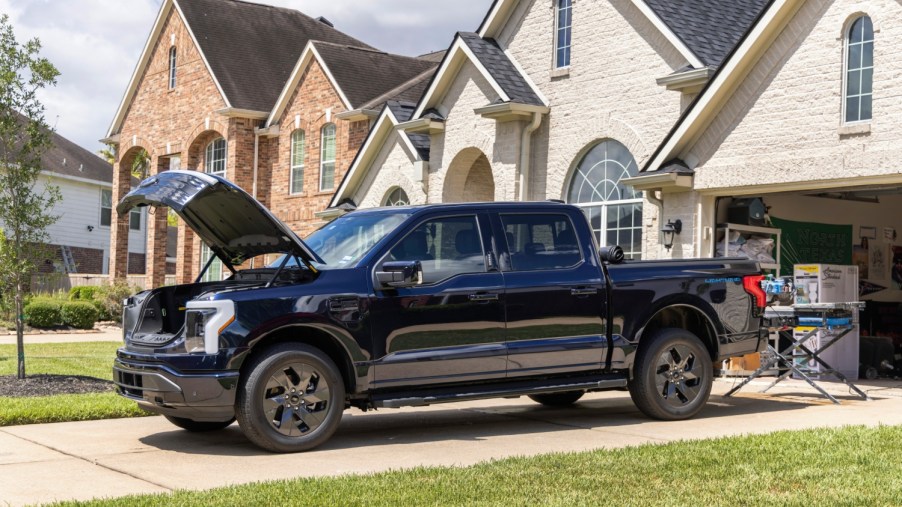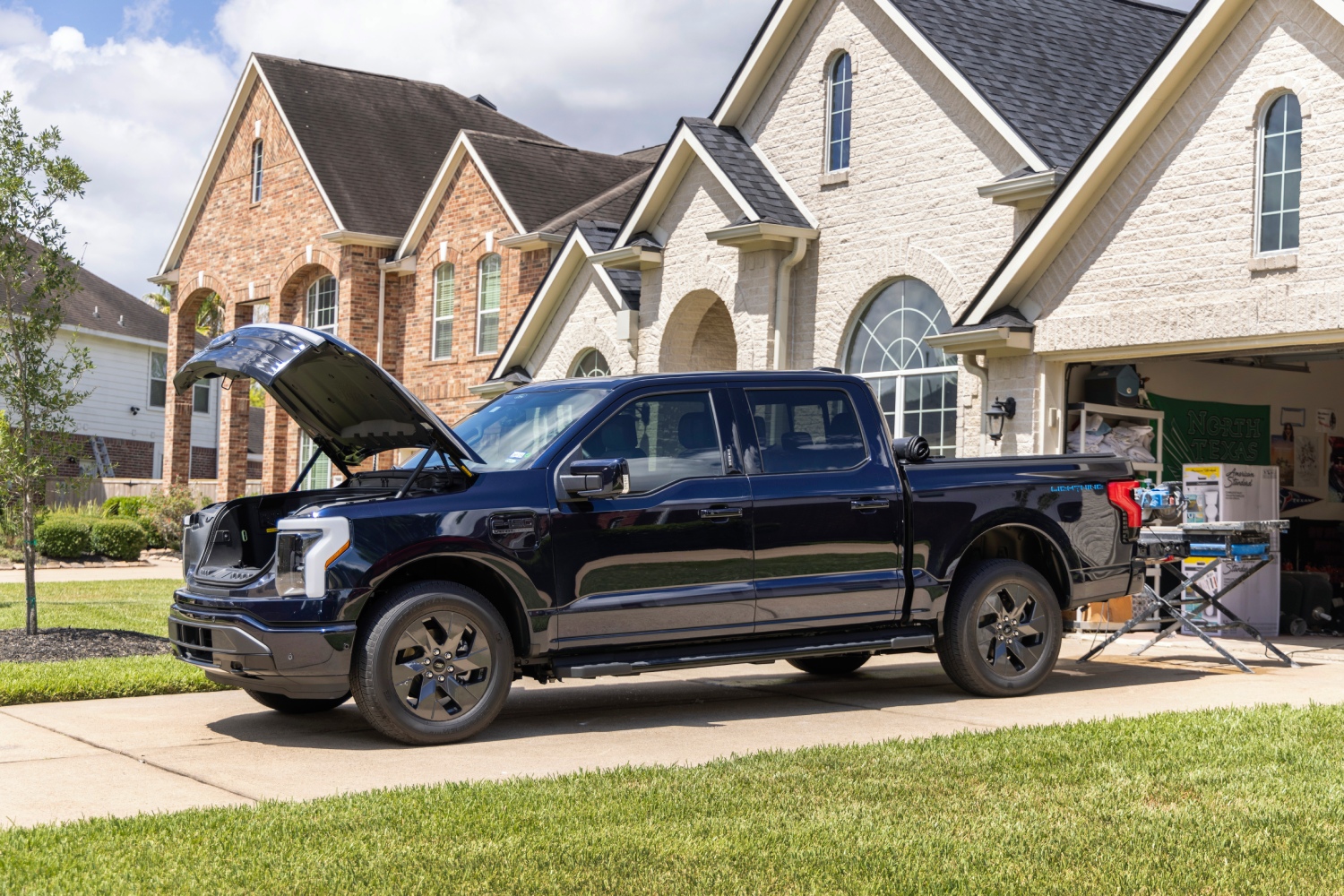
Buying an Electric Vehicle? Here’s How to Prepare Your Home
The world of electric vehicles has been changing rapidly over the past few years, in a good way. With that change comes new car owners and new products. Here are some tips to prepare your home for buying an electric vehicle. Plus, check out the four most commonly asked questions regarding electric vehicle charging.
Things to do before buying an electric vehicle

The Wall Street Journal says that sales of electric vehicles and hybrid vehicles made up 4.4% of the passenger-vehicle market in 2021. If you’re making the plunge, it’s pretty easy to prepare. Before buying an electric vehicle, check out the various offers for the brand and your location.
Some brands are offering free charging of some kind with the purchase or lease of an EV. Electrify America and EVgo are popular companies offering complimentary unlimited DC charging for new cars. Audi e-tron GT buyers get complimentary unlimited DC charging for three years at Electrify America, same with the Hyundai Ioniq 5. You can find this info on the brand’s website as it should be clear what comes with your new car.
Additionally, try to maximize your savings with federal and state incentives. The U.S. Department of Energy’s Alternative Fuels Data Center (AFDC) allows you to search incentives by state and other ways. Some places will help cover the installation cost for a home charger, which leads to the next point, charging.
Do you get a charger when you buy an electric vehicle?
Your EV has a charging cable that you can plug into a regular outlet. This is the slowest type of charging and can take 14-16 hours to charge the electric car fully. Charging of this type is acceptable in a pinch, but most electric car owners choose to install a charger at home.
A public charging station usually offers Level 2 electric vehicle chargers. Such stations offer slower charging so people can get out and enjoy the area while charging. This can take three to four hours, depending on a few factors. Before buying an EV, check your area for chargers. New ones pop up every day, it seems.
In contrast, a DC Fast Charging station is meant to get you in and out. With 20 to 30 minutes plugged in, most EVs can charge up to 80%. Tesla Superchargers offer the same length of charging and are usually located in major cities or off major highways.
Home charging solutions for your electric car
Find a good electrician if you decide to get an electric vehicle charger installed at home. A 240-volt outlet will power a Level 2 charger to get your EV all charged and ready. Speaking with the Wall Street Journal, Mr. Moloughney, who consults on residential EV setups, says you might not need much change if your house is new or updated. “Most houses can spare that extra amount of electricity,” Moloughney said. Once this has been determined, upgrades can be completed, and the electrician can install a home charger.
One of the best all-around chargers is the JuiceBox 40 Smart Electric Vehicle (EV) Charging Station ($699 on Amazon). The 40 comes in a few output levels and even has one that can match the Tesla Wall Connector at 48-amps. The ChargePoint Home Flex EV Charger has many good features. It is offered in a NEMA 14-50 plug or the NEMA 6-50 plug style ($749 on Amazon).
The Tesla Wall Connector ($400 at Tesla) is the home charging solution for the brand. It can add 44 miles of range per hour of charging and comes with a 24-foot cable. There are multiple power settings and amperages for whatever Tesla EV you might have. You don’t have to decide before buying an electric vehicle, but it is good to keep it in mind. There is a lot to learn in the first few months of ownership, but you’ll get used to it quickly.



